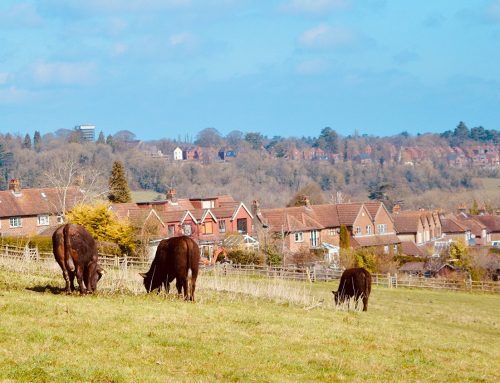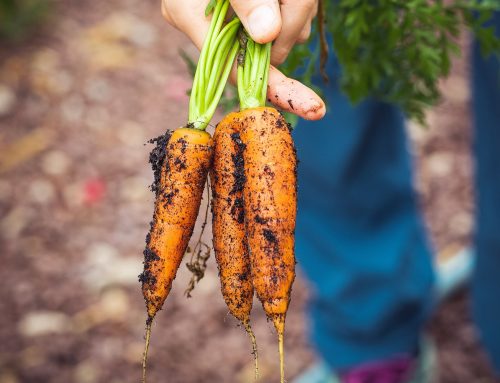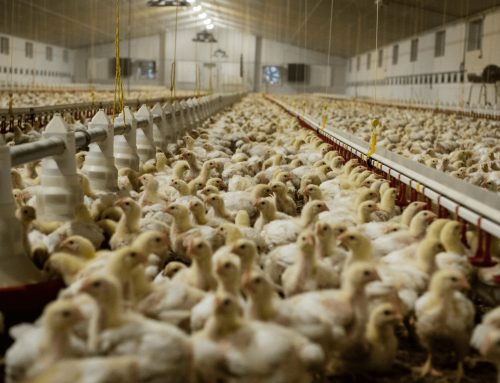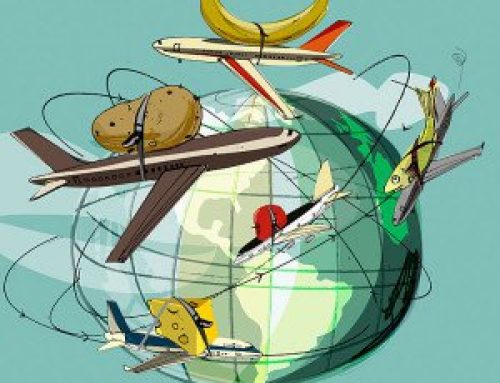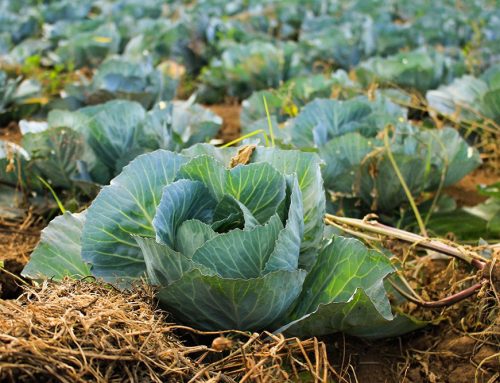In the years before industrialised farming became the day to day norm, smaller local farms and abattoirs were often seen as the best quality for a fair price. But, as beef has become cheaper and easier to buy from supermarkets, the local touch has been in significant decline. A recent report revealed that over the past 40 years local farms and abattoirs have declined by 50%. Hardly a rosy picture for smallholding farms.
Why are British farms closing?
A number of factors contribute to this evolution to large scale farming, amongst them: –
- The drive to greater output at the expense of quality with the advent of factory farming
- Consumer demand for lower prices putting pressure on farmers
- Small farms, with their lower production volumes, becoming marginalised
- Consumer adoption of veganism and vegetarianism.
Factory farming, how does it affect us?
Perhaps the biggest challenge Britains farmers are facing is that we rear 9.2 million cows a year for meat, yet less than 30% are reared in non-industrialised farms. The conditions cattle are kept in at factory farms are often unhygienic, with the focus on weight gain at the expense of animal welfare and cleanliness. Many of these cattle rarely, if ever, see outside the industrial barn. To combat the spread of disease in such close quarters, they are fed a specific high protein diet that is often laced with antibiotics and hormones to encourage overall growth in the cattle and reduce pathogens.
The desired result is larger, more muscular cattle in a shorter space of time. Produced at a lower cost, in turn they can be sold at a price the consumer deems good value and yet still yield a good profit. Sell volume at a reduced price in order to attain the required profit. With these conditions, media highlight to people that all cattle farming is degrading to animals. This ignores many local abattoirs and farmers, many of whom know their cattle by name and really care about their welfare. In these days of consumers being so distanced from food production, lacking awareness of the complete picture, this misinformation can destroy reputations of small localised farms and helps create a generalised stigma with beef farming.
Is veganism benefiting the environment or animal welfare?
Eating animal products isn’t wrong, it’s how the animal is cared for, its welfare both in life and in the death, and that truly matters. Education as to the benefit of eating seasonally, consuming less meat and dairy each week but not to totally exclude them. Concentrate on quality of life – and quality of produce – rather than totally cut them out. Many of these products give us the nutrients and minerals we need to grow and stay healthy, Many say that eating things such as soya is a better replacement to meats and animal products, but soya is farmed unsustainably across the planet and causes mass deforestation.
If every human being went meat-free completely we would lose a large part of our diet, but not only that we would lose one of our best and most natural ways of treading seeds, returning nutrients to the soil and pest control. More effectively buying locally and buying what is in season aids the planet much more than cutting meat out of your diet.
The advent of ‘Little Big Farm’:
Where vegans are at a lower risk of cardiovascular disease people that reduce meat consumption to once or twice a week are proven to see the same benefit. In the award-winning documentary ‘The Big Little Farm’, a small farm in California was passed down to John Chester and his wife Molly. It was poorly irrigated, poor soil fertility, little insect life and poor crop yields. The farm was, like many in California, dying.
Yet, within a year, he had massively increased profits. In an interview, John said: “You need animals for a farm to be healthy.” They introduced chickens, pigs, cows, sheep, 75 varieties of stone fruit, clover, radishes, peas and root vegetables. each of these animals helped in some way, Pairing this with crop rotation in their fields and grow beds, it prevented parasite and infection buildup and lessened any need for pesticides or insecticides.
Doing this they also found they needed significantly reduced hormones and antibiotics for the cattle as well as less pesticide for the crops. This in fact created an all-natural and diverse habitat helped them survive one of the worst Californian droughts in centuries. If a small farm like this could create an all-natural symbiotic biome of flora and fauna, helping to make an area of land nearly self-sustaining, image how this could benefit the swathes of land currently used for intensive farming.
Food miles, what difference does it make?
With cattle farming becoming a more industrialised, and increasingly small farm closing or being consolidated into larger farms, it makes one think; how far does that beef steak in our local supermarket actually travel? Some organisations are implementing provenance and traceability reporting, but these are not widespread and so the only way we really know is sourcing through local butchers and abattoirs.
The increasing distance travelled by our food from farm to fork has a huge impact on the environment but it increases the risk of foreign pesticides, diseases and allergens getting into our food chain as food safety laws vary hugely throughout the world.
Small abattoirs, what are they?
The definition of a small abattoir is quite vague, but generally the benchmark is 5,000 livestock units per year or less. These figures translate to sufficient beef sold to the local community to enable the abattoir sustained operation. But, with the continued march of factory farming into Britain and consumer demand for lower checkout prices, sustainability and animal welfare often suffers. The impact is almost ‘chicken and egg’ – large abattoirs won’t process small volumes, and small abattoirs can’t afford to operate due to high costs; many have been forced to close by cost pressures to conform to legislation to protect animal welfare that, paradoxically, has the opposite effect. We now often hear of live animals being transported for 28 hours more in their final hours, without break, solely to be processed in an abattoir.
The rise of social and community-supported farming:
To try and end this article on an upbeat note, British localised farming for some is rising in popularity with the advent of social and community-supported farming.
Social farming is a pioneering group of farms in the UK that aim to improve the health and mental state of individuals by pairing them with local farms. With this initiative coming to more and more farms across Britain, more children are taking part and learning about how to properly take care of animals and to plant and grow.
Community-supported farming is a recent endeavour by the CSA Network UK is a partnership between farmers and consumers in which the responsibilities, risks and rewards of farming are shared.
Essentially meaning that consumers buy their products directly from farms, who then use the money to continue farming keeping a stable state that keeps money and produce locally sourced. Sharing the responsibility and risk of farming between the consumer and the producer.
This could help raise a new generation of farmers who truly care for their animals and their produce. Which in the long run creates a more sustainable farming system and a better future for the youth of our time.
Further reading:
The magical wilderness farm: raising cows among the weeds at Knepp -The Guardian
Vegans could be bad for the environment say scientists | News | The Times


